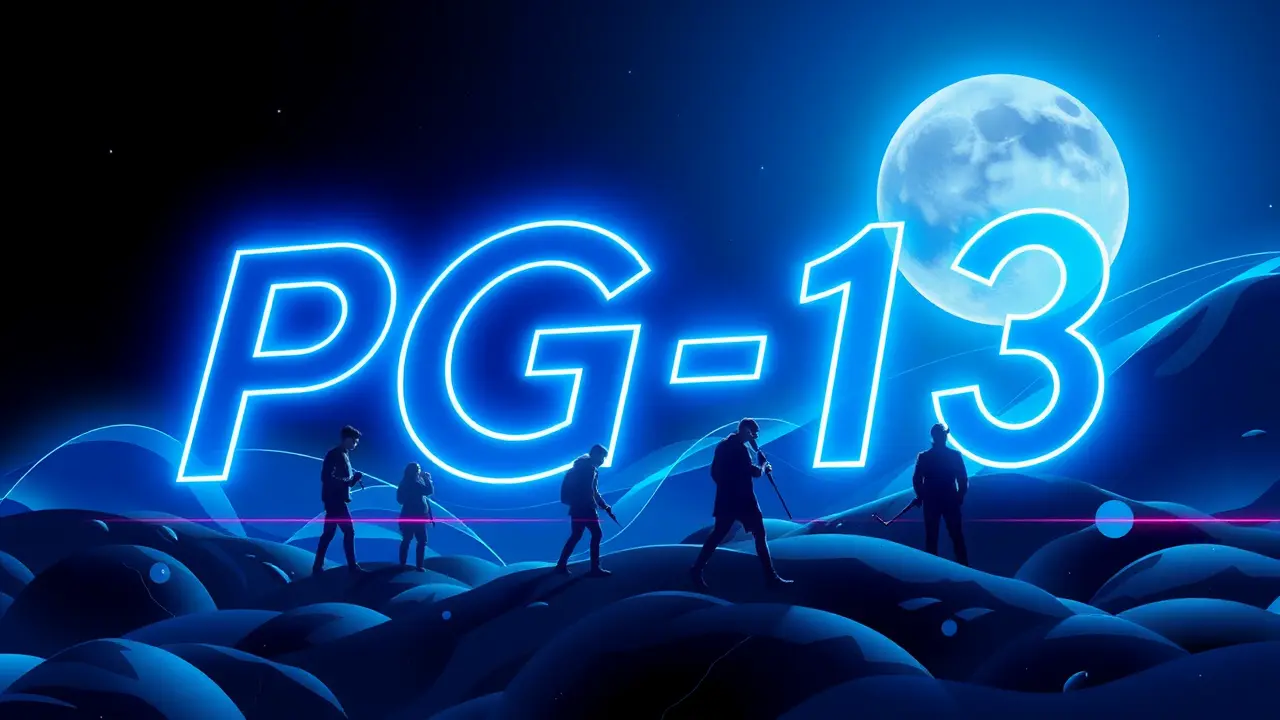Instagram defaults teens to PG-13 content with new parental controls.
In a move that feels ripped from the pages of an Isaac Asimov robot novel, where the Three Laws are designed to protect humanity from unintended harm, Instagram has fundamentally recalibrated its core programming for its youngest users. The platform, a digital nation-state with a population eclipsing two billion, is now defaulting all users under the age of 18 into a content ecosystem that hews closely to the PG-13 rating long familiar from the film industry.This isn't a gentle suggestion or an opt-in feature buried in parental settings; it is a new, automated constitutional law for the teen experience, a proactive filter designed to wall off themes of extreme violence, sexual nudity, and graphic drug use before they ever hit the feed. The policy represents a seismic shift in the long-running, often fraught debate between Silicon Valley's libertarian-leaning ethos of unfettered connection and the growing, thunderous chorus from parents, pediatricians, and policymakers demanding that tech giants acknowledge their role as de facto guardians of youth mental health.It’s a direct response to the specter of congressional hearings and the looming threat of the Kids Online Safety Act (KOSA), legislation that seeks to legally enshrine a 'duty of care' for platforms, forcing them to mitigate known harms to minors. From a policy perspective, this is a fascinating pre-emptive strike, an attempt to self-regulate before more heavy-handed, and potentially less nuanced, government regulation takes hold.The PG-13 framework is a clever, almost cynical, tactical choice; by leveraging a rating system that has been culturally normalized and legally tested for decades, Meta is borrowing a shield from Hollywood to defend itself in Washington. Yet, the implementation is where the real ethical and technical quandaries lie.The system relies on a combination of user-reported age, machine learning classifiers, and content creator self-labeling to determine what falls outside the PG-13 pale. This is not a perfect science.The algorithms, while sophisticated, are notoriously poor at understanding context—a documentary about the horrors of war versus a glorification of violence, for instance, might be conflated, potentially limiting educational and journalistic content. Furthermore, the very definition of what constitutes 'graphic' or 'extreme' is culturally and subjectively fluid, a challenge that the Motion Picture Association has wrestled with for generations.The new parental controls, which allow guardians to approve or lock their teen's settings, add another layer, transforming the parent-child dynamic into one of system administrator and user, a relationship that could either foster digital literacy conversations or become a new frontier for family conflict. The long-term consequences are a vast, uncharted territory.Will this create a 'walled garden' for teens that is safer but ultimately less prepared for the raw, unfiltered nature of the open internet when they come of age? Or does it represent a necessary, if imperfect, first step toward building age-appropriate digital spaces, akin to having separate sections in a library? The move also places immense pressure on competitors like TikTok and Snapchat to follow suit, potentially standardizing a new era of age-gated content moderation across the social web. As we stand at this crossroads, the core Asimovian question remains: have we successfully programmed our creations to protect the human children in their care, or have we merely instituted a new set of instructions that will inevitably produce their own, unforeseen paradoxes? The answer will unfold not in lines of code, but in the lived experiences of a generation growing up within these newly drawn digital borders.
It’s quiet here...Start the conversation by leaving the first comment.
